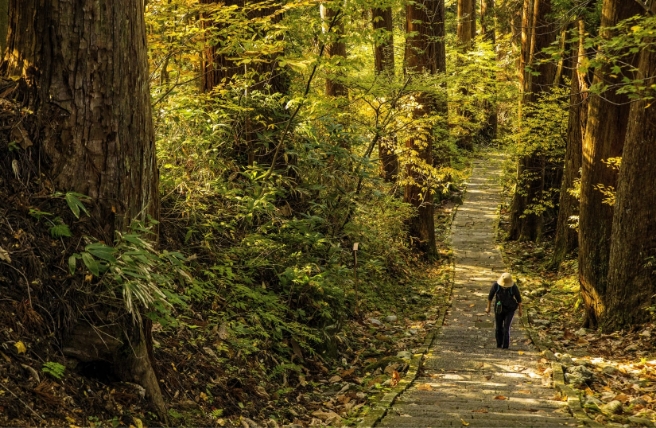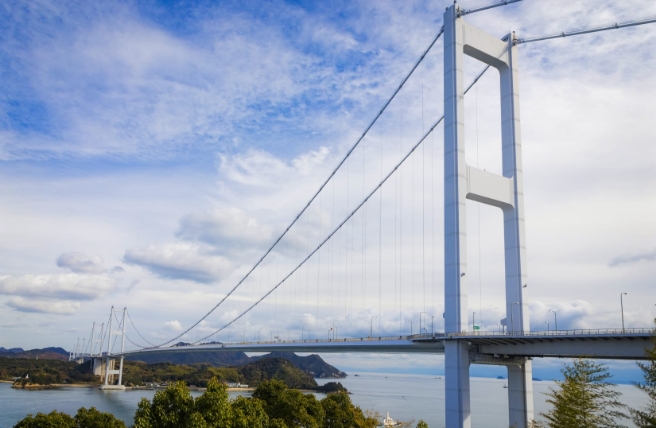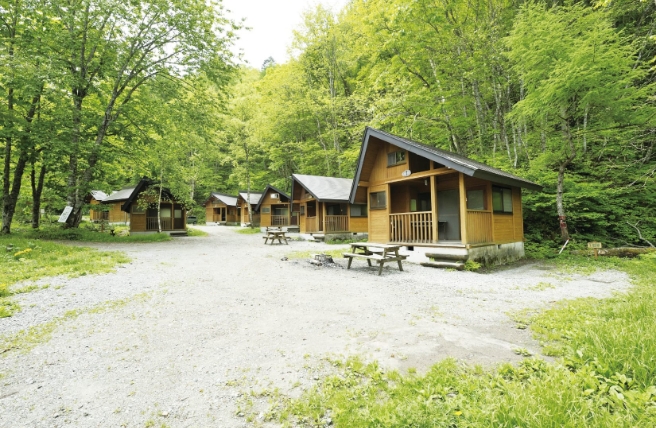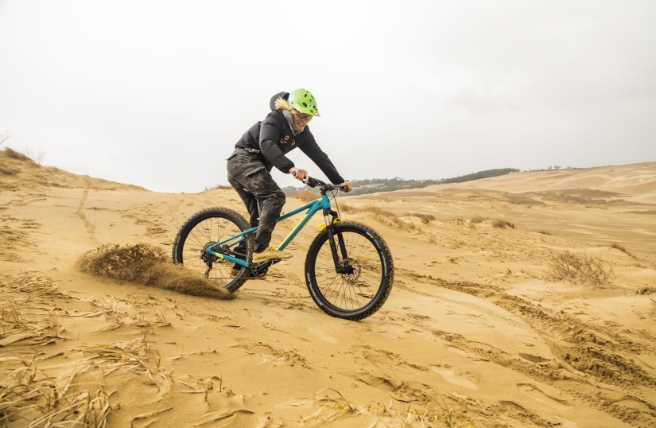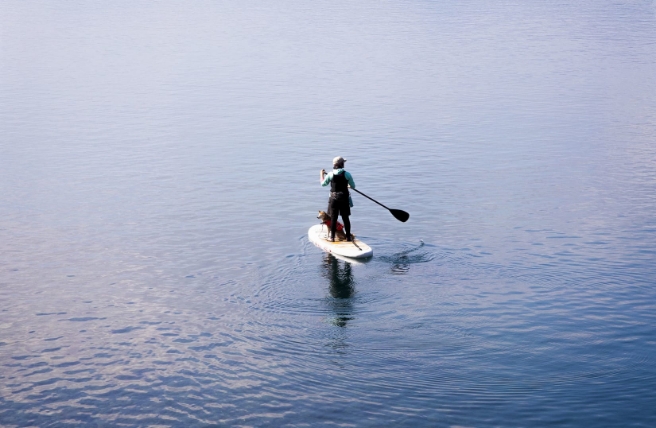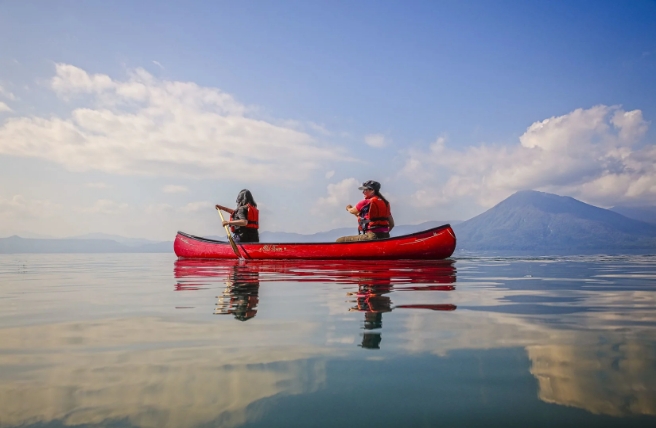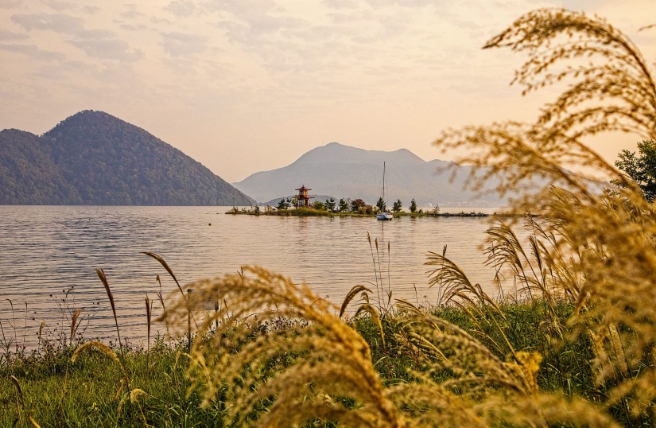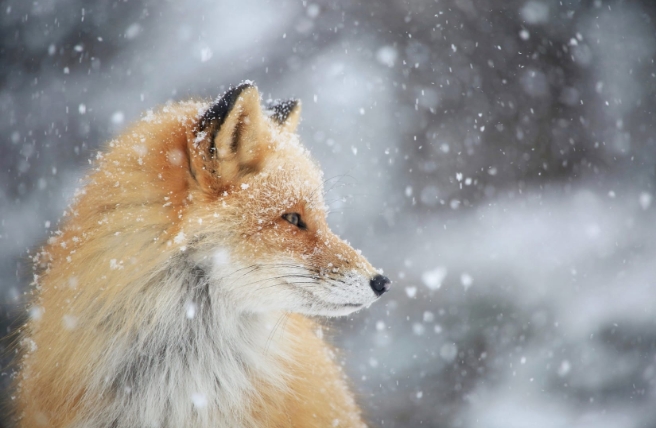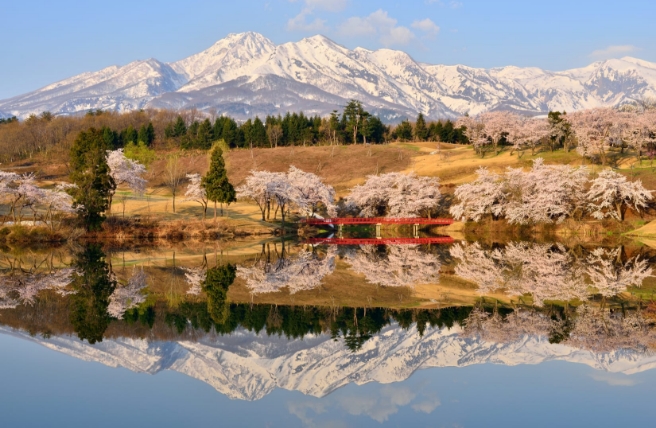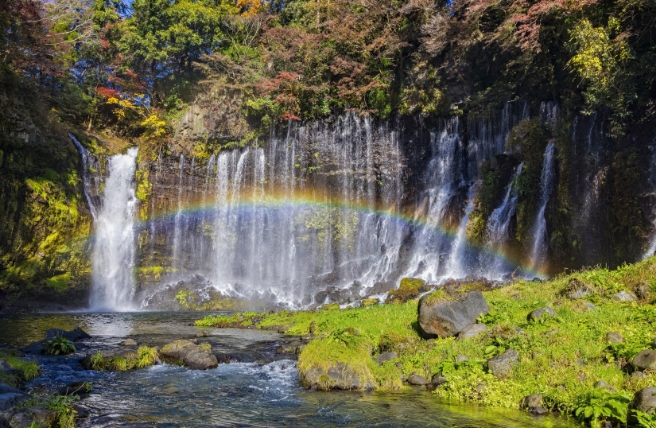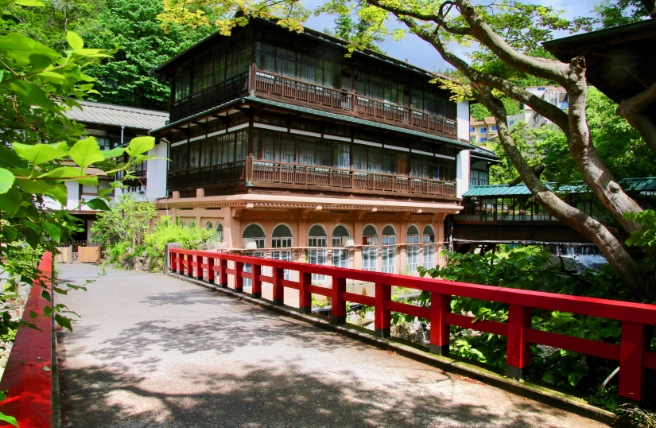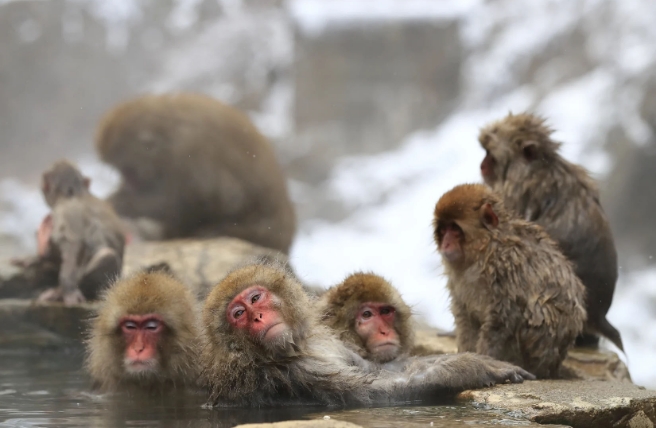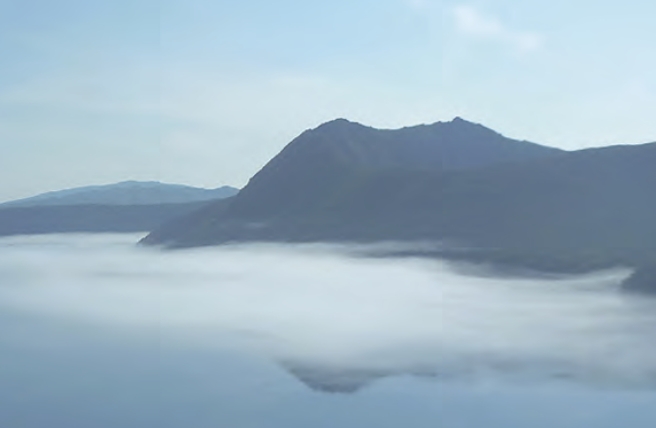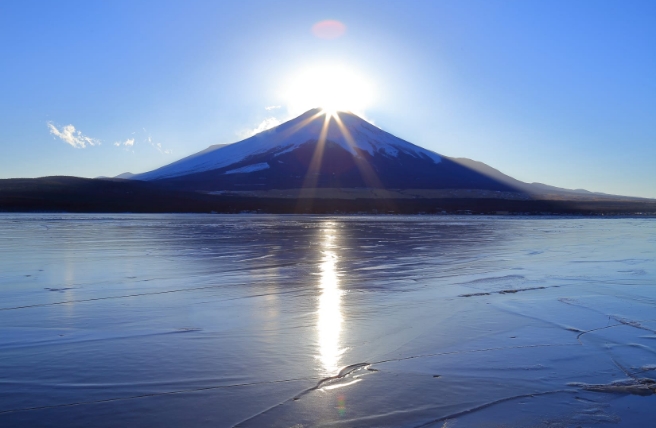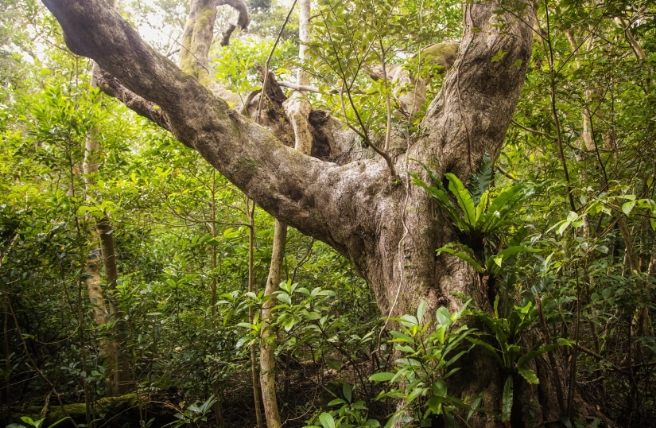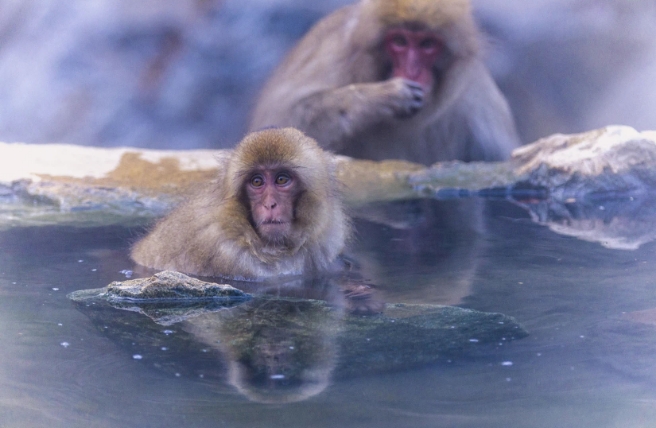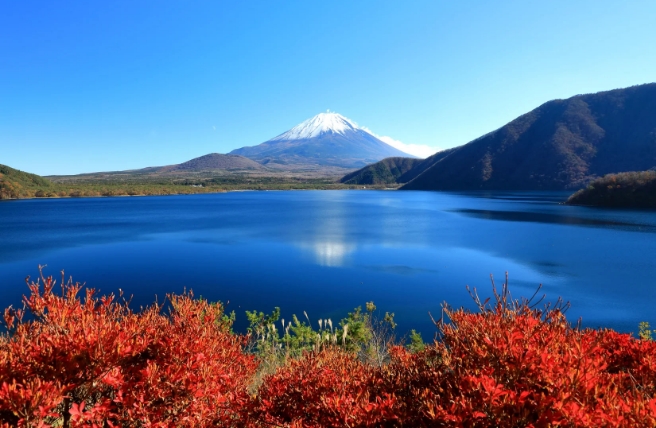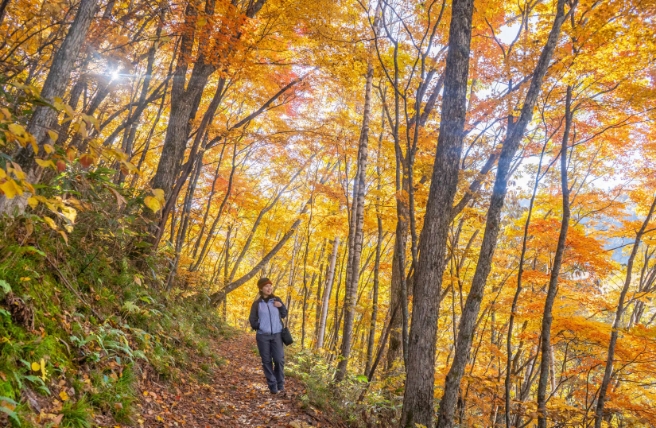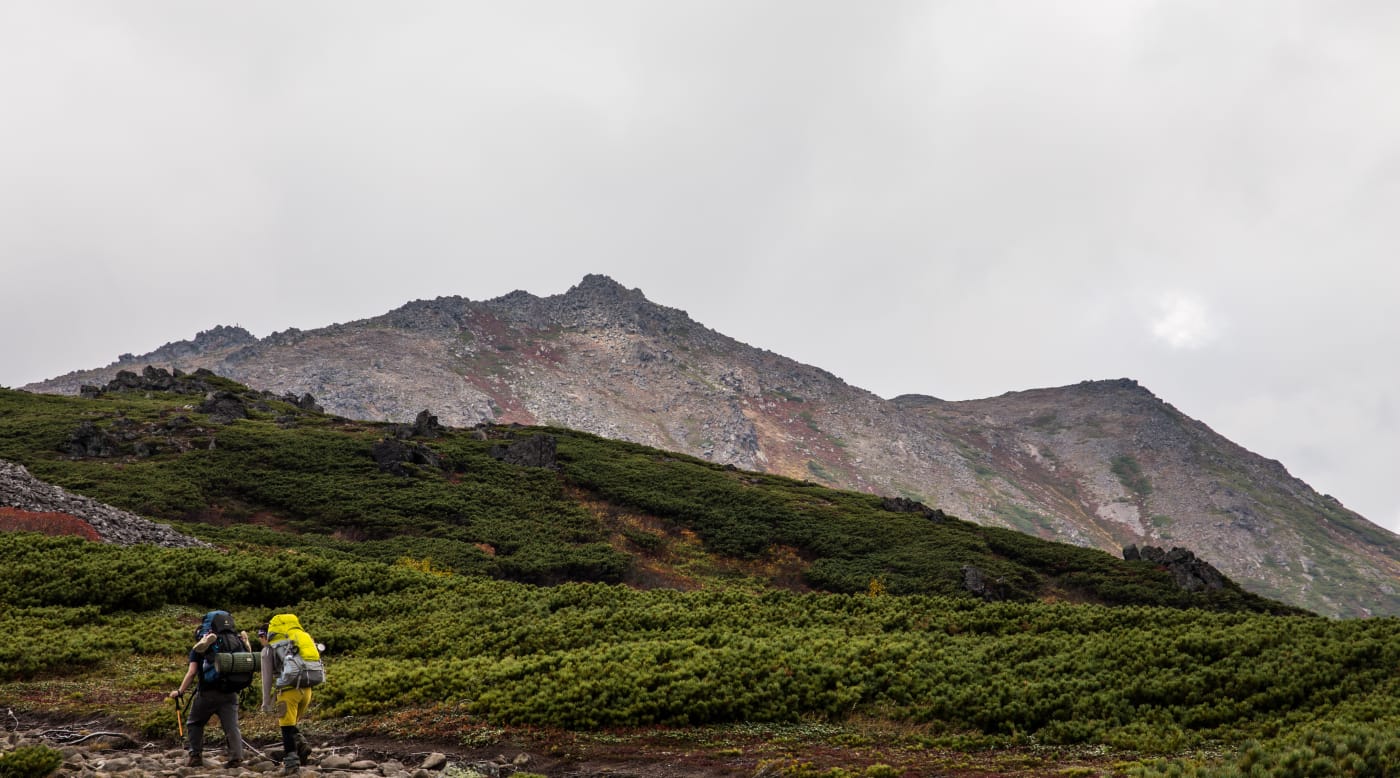Omote-Daisetsu Area
The Omote-Daisetsu area, in the park’s northern end, draws the most visitors. Asahidake Onsen is the main access point here, sitting at the base of Mount Asahidake, which is an active volcano. A 10-minute ropeway (cable car) ride takes you from the hot-spring resort of Asahidake Onsen up to Sugatami Station, which sits near Mount Asahidake’s foot. From here, you can follow a trail to the summit in around 2 hours 30 minutes. For a less strenuous hike, consider the Sugatamiike Pond walking path, which in around 60–90 minutes takes in Mount Asahidake's fumaroles, three lovely ponds, and the chance to spot rare animal and plant life.
Hiking enthusiasts should also enjoy the challenge of summiting Mount Kurodake: Take the ropeway from Sounkyo Onsen, and then climb around 1,500 meters to reach the summit (around 60–90 minutes). Hardcore trekkers may wish to tackle the Daisetsuzan Grand Traverse, a multi-day route covering about 80 kilometers.
The Numa-no-Hara High Moor sits around 1,440 meters above sea level in the central part of the Daisetsuzan mountain range. The area is a designated National Natural Monument, and its scenery and peaceful atmosphere attract nature lovers from all over.
Sounkyo Onsen is central Hokkaido’s largest hot-spring area, and many visitors use it as a springboard to explore Hokkaido’s multiple other attractions. It also serves as a popular base for climbers tackling the mountains in the Omote-Daisetsu area.
Daisetsu Kogen Onsen is another favored outpost, situated at the head of a hiking route. Be sure to visit the Brown Bear Information Center to learn about how to handle possible bear encounters.
Other Areas
The southern part of the park is also popular with hikers and climbers. Mount Tokachidake (2,077 m), for example, is an active volcano. It’s the highest mountain in the Tokachi volcanic group, which also includes Mount Bieidake (2,052 m) and Mount Furanodake (1,912 m). The foot of Mount Furanodake offers splendid views of the Genshigahara Wetlands. The slopes of Mount Tokachi have Tokachidake Onsen, a three hot-spring ryokan complex.
The Higashi-Daisetsu area, meanwhile, includes the Ishikari mountains, two large freshwater bodies—Lake Shikaribetsu and Lake Nukabira—and sprawling, primeval woodlands. The headwaters of the Tokachi River (at the eastern foot of Mount Tomuraushi) are a designated Wilderness Area—one of only five such protected places in Japan. For in-depth insights into the surrounding area, visit Higashitaisetsu Nature Center.

Mount Tokachi Observatory
Culture
Sounkyo Onsen hosts the Sounkyo Onsen Fire Festival, which every summer celebrates the culture of the Ainu—Hokkaido's indigenous people. The event includes a centuries-old ceremony called the Fukuro (Owl) Ritual, featuring fireworks and traditional music and dance. The festival, which includes taiko drumming and a spectacular fireworks display, is a great way to learn more about the region’s deep history and rich culture. The Ice Fall Festival from midwinter to mid-March is also a huge draw, presenting fireworks, an ice shrine and a frozen waterfall.
